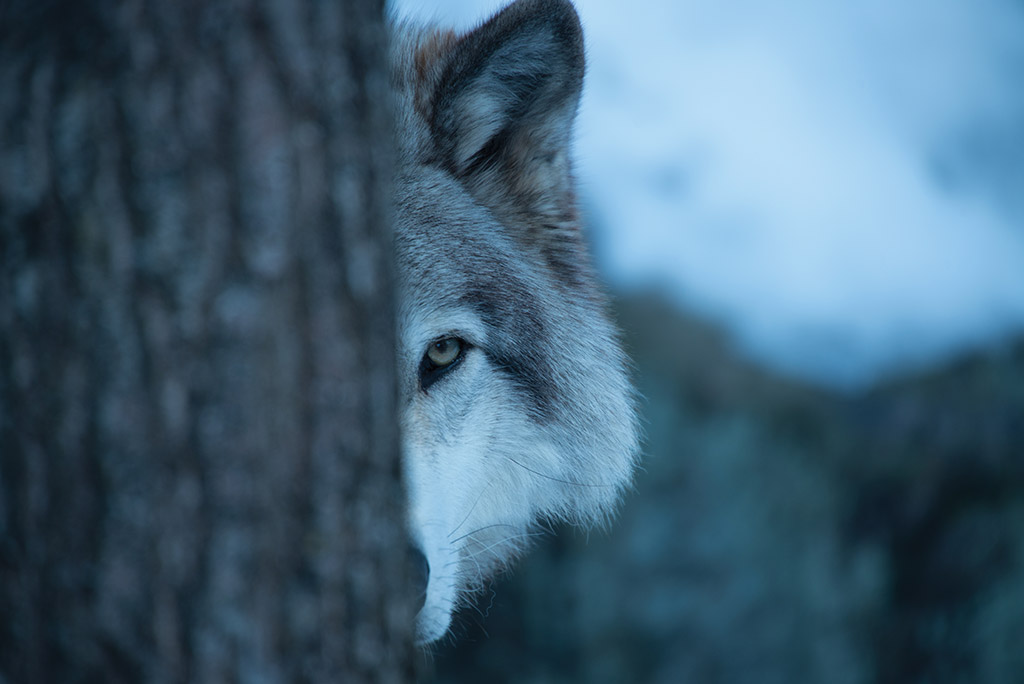Despite its turbulent history, the Idaho wolf has, yet again, come to another interesting junction. After being eradicated early in the 20th century, wolves were reintroduced to Idaho in 1995. Wolves were protected by the federal government under the Endangered Species Act (ESA). The Idaho State Legislature established political control over management of the species. In 2002, the Idaho Wolf Conservation and Management Plan was passed, creating a blueprint for the state’s Fish and Game department to take over management. As of 2011, wolves across the Mountain West (ID, MT, WY, and eastern WA and OR) were removed from the ESA. As of 2021, a new Senate bill, SB 1211, calls for Idaho’s wolf population to be reduced from its current estimated size of 1,556 wolves, back to the politically determined level of 150 wolves.
To this aim, the bill removes any harvest limits, while allowing any method currently legal in the state: trapping, the use of night vision equipment, shooting from vehicles, and baiting. The Idaho Fish and Game Commission opposes the legislation, arguing the bill would remove decisions about how to manage wildlife from the department’s professionals. The bill places that management power in the hands of politicians. Idaho’s approach also conflicts with that of the U.S. Fish and Wildlife Service.
Despite the colorful back-and-forth history of wolf management, the author suggests that effective long-term management and balancing of natural ecosystems calls for a broad, holistic perspective. In certain ways, it is rather arrogant for humans to think we may have direct control over mammalian predators in such wild, complex natural ecosystems.
PRO SENATE BILL 1211
The demands for more aggressive wolf management primarily come from ranchers, hunters, and outdoorsmen who have experienced the wolves’ impact on elk, cattle, and sheep.
† Wolves have been frequently been known to kill cattle and sheep, which has stimulated an animated response given the dedicated efforts and investment of ranchers statewide.
† “A cow taken by a wolf is similar to a thief stealing an item from a production line in a factory,” said Cameron Mulrony, executive vice president of the Idaho Cattle Association.
† Wolves push animals out of traditional hunting areas, while reducing their outright numbers.
† Chronic wasting disease (CWD) is a contagious neurological disease that degrades brain tissue in deer and elk over time, leading to thinning, weakening and eventually death.
ANTI SENATE BILL 1211
Many opponents of SB 1211 and the maintenance of wolf populations promptly turn to the USDA reports and scientific research to debunk the cattle, sheep, and elk declines.
† USDA reports show that the primary causes of cattle and sheep losses in the U.S. come from health problems, weather, theft, and other maladies, not from wild native carnivores (wolves).
† The report shows that nine times more cattle and sheep died from maladies such as illness, birthing problems, weather, poisoning, and theft (3,990,035) than from all mammalian or avian predators together (474,965).
† Many biologists believe that, because wolves function in packs, destabilizing and weakening those packs by killing members of them forces the wolves to seek easier prey—often cattle and sheep.
† According to a wholistic study from 1987 to 2012 across Idaho, Montana and Wyoming, “The odds of livestock depredations increased four percent for sheep and five to six percent for cattle with increased wolf control.”
IDAHO LIVESTOCK BY THE NUMBERS
3rd largest
†Dairy-producing state in the U.S.
2.5 million
† Head of cattle, including calves, in Idaho
$2.99 billion
† value of Idaho cattle industry
IDAHO WOLVES BY THE NUMBERS
1,556 wolves
† Estimated to be living in Idaho
150 wolves
† Target number of wolves (as proposed by SB 1211)
100 square miles
† Typical wolf territory in the wild


